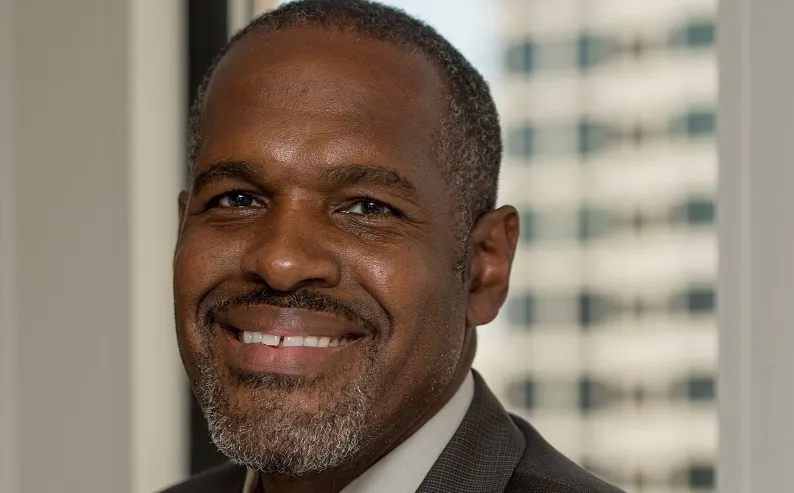Hoping to lay the groundwork for a future integrated system across the state, Colorado Department of Transportation (CDOT) officials launched its first comprehensive transit plan that will attempt to create a complete picture of existing local systems, future needs and gaps in service. With no funding available to create a complete statewide transit system, transportation leaders are instead working towards integration among the existing local and regional systems, possibly with a CDOT-managed connector ope
June 5, 2013
Read time: 2 mins
Hoping to lay the groundwork for a future integrated system across the state, 5701 Colorado Department of Transportation (CDOT) officials launched its first comprehensive transit plan that will attempt to create a complete picture of existing local systems, future needs and gaps in service.
With no funding available to create a complete statewide transit system, transportation leaders are instead working towards integration among the existing local and regional systems, possibly with a CDOT-managed connector operation that would provide links between them.
The transit plan, expected to take up to eighteen months to complete, is a first step, intended to be an inventory of existing transit options across the state and an analysis of what else riders need. It will also set out policies backing programs that make transit more available and attractive to travellers and more time-competitive with cars, according to a CDOT statement on the plan.
“It’s really working in each area of the state to look at what each of those systems’ needs are and how that integrates into a whole statewide picture,” CDOT project manager Tracey MacDonald said. “It’s a new endeavour.”
The plan is the second step in the creation of a transit and rail element of the State Transportation Plan. In March 2012, officials adopted a Freight and Passenger Rail Plan, which called for investment in a now-under way Advanced Guideway System feasibility study and, depending on the outcome of the study, a high-speed rail between Denver and Eagle County.
With no funding available to create a complete statewide transit system, transportation leaders are instead working towards integration among the existing local and regional systems, possibly with a CDOT-managed connector operation that would provide links between them.
The transit plan, expected to take up to eighteen months to complete, is a first step, intended to be an inventory of existing transit options across the state and an analysis of what else riders need. It will also set out policies backing programs that make transit more available and attractive to travellers and more time-competitive with cars, according to a CDOT statement on the plan.
“It’s really working in each area of the state to look at what each of those systems’ needs are and how that integrates into a whole statewide picture,” CDOT project manager Tracey MacDonald said. “It’s a new endeavour.”
The plan is the second step in the creation of a transit and rail element of the State Transportation Plan. In March 2012, officials adopted a Freight and Passenger Rail Plan, which called for investment in a now-under way Advanced Guideway System feasibility study and, depending on the outcome of the study, a high-speed rail between Denver and Eagle County.










